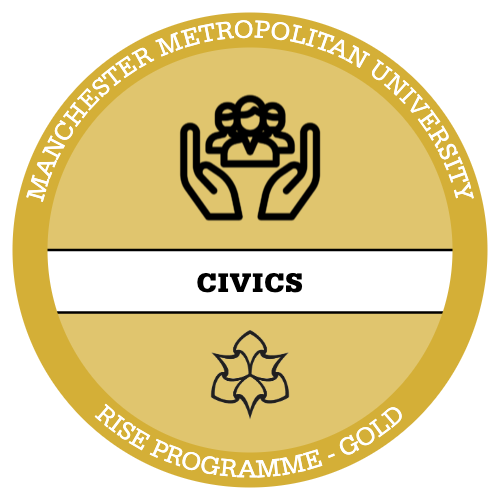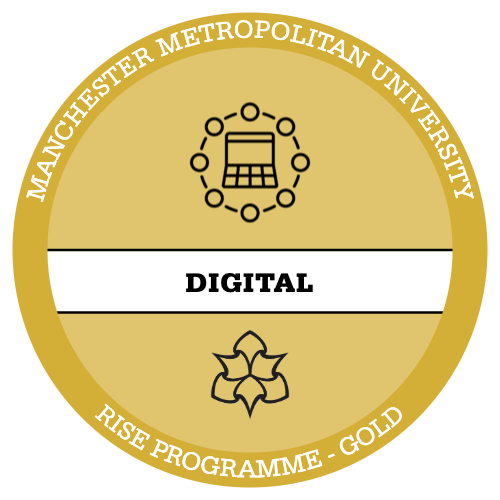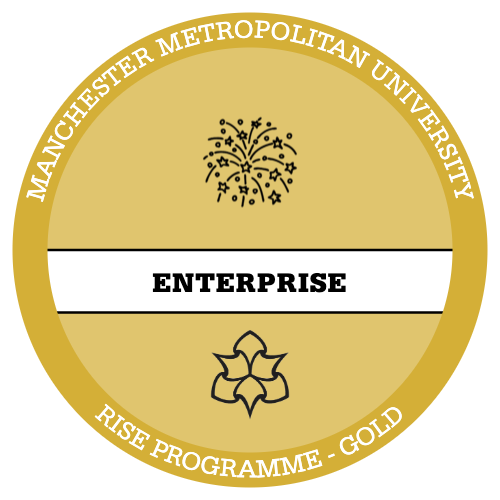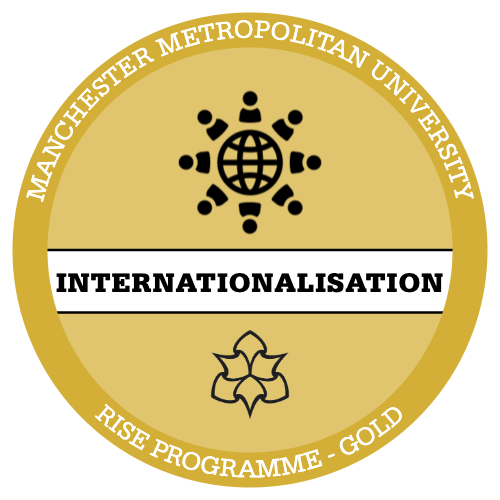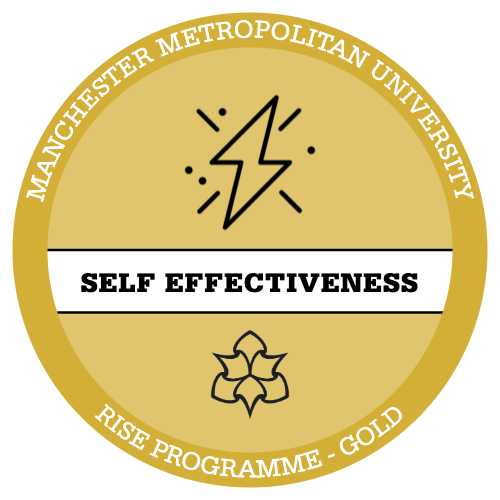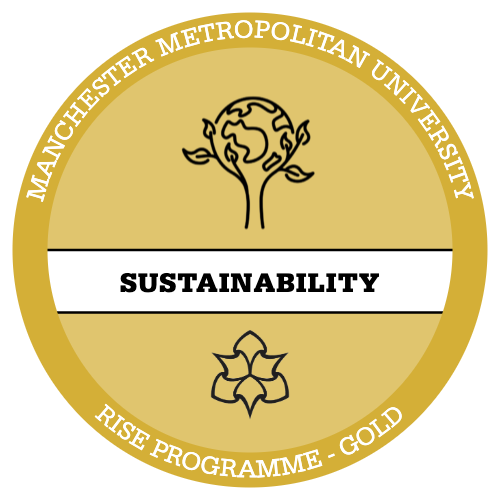Multilingualism is the knowledge of multiple languages, usually three or more. But what does it take to be classed as multilingual, bilingual or fluent?
By completing this activity you will consider what is meant by multilingualism. You will also reflect on the meaning of some of the key terms we will use in this course and feel more confident about using those terms in conversations about language.

Read: Multilingualism
Read the following text.
Multilingualism
What is multilingualism? Do you need to be fluent in at least three languages to say you are multilingual? What if you can easily speak in four languages but you can only read and write in two of them? Perhaps you spoke one language at school, one at home and another when you went abroad in the holidays – does that count?
As these examples show, there are different layers to the concept of multilingualism; its definition may vary depending on context and individual experience. Similarly, at what point are you fluent in another language? What do we mean when we talk about grading your language so that others can follow what you’re saying? And how do we distinguish between a regional accent and a dialect?
The reality is that our understanding of these concepts can vary depending on our own experience. The exercise below will help you to reflect on your current understanding and introduce you to some different ways of thinking about language.

Apply Your Thinking:
Defining Terms
Read the list of terms in the following template and think about your understanding of each item. Write down a brief definition in your own words for as many of the words as you can. Leave blank those which you have never heard of before.

Stop and Reflect:
Comparing your definitions
Compare your definitions to those shown here. Internally reflect around the following prompts.
- Was there anything that surprised you?
- How do you think your personal experience has informed your answers?
- What would you like to learn more about?

